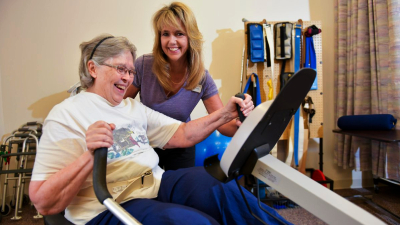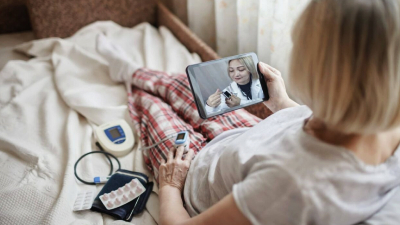Telehealth Therapy
How occupational therapy (OT) uses telehealth services to assist clients who face barriers such as lack of funding for travel, inability to fund in-person therapist visits, or living in remote locations requiring an experienced occupational therapist?
Solutions:
Occupational therapy (OT) delivered via telehealth provides an effective solution for clients facing financial or geographical barriers. Telehealth involves the use of digital platforms, such as video conferencing, phone calls, or online tools, to deliver OT services remotely. This approach ensures that clients who cannot travel to see a therapist—due to lack of funding—or who cannot afford in-person visits, as well as those in remote areas needing access to experienced occupational therapists, can still receive high-quality care. Below is a list of appropriate OT telehealth services tailored to these circumstances:

Virtual Assessments
Occupational therapists can assess a client’s functional abilities, home environment, or daily routines through video calls. For example, a therapist might observe a client performing tasks like dressing or cooking to identify challenges, even in remote locations.

Goal Setting and Intervention Planning
Through telehealth, OTs collaborate with clients to set achievable goals (e.g., improving independence in self-care) and develop tailored intervention plans, regardless of the client’s funding limitations or location.

Therapeutic Exercises and Activities
OTs can guide clients through exercises or activities via live video to improve motor skills, strength, or coordination. Instructions can be adapted for clients in remote areas with limited resources.

Education and Training
Telehealth enables OTs to educate clients and their families on managing conditions (e.g., arthritis or stroke recovery) or using adaptive equipment, reducing the need for costly in person sessions.

Mental Health and Wellbeing Support
For clients in isolated areas, OTs can provide strategies to manage anxiety, build routines, or enhance participation in meaningful activities, all delivered remotely.

Follow-Up and Monitoring
Regular check-ins via telehealth allow therapists to track progress, adjust interventions, and provide ongoing support without the need for travel or additional funding.

Collaboration with Local Supports
In remote locations, experienced OTs can use telehealth to guide local carers, family members, or community workers to implement therapy recommendations on the ground.
These services are delivered in line with AHPRA guidelines, ensuring that telehealth practice maintains the same standard of care as face-to-face sessions. Occupational therapists using telehealth must be appropriately trained, maintain client confidentiality, and ensure informed consent.
By leveraging telehealth, occupational therapy overcomes barriers of distance and cost, connecting clients—whether in rural or remote areas or with limited budgets—to experienced practitioners who can support their independence and wellbeing.
 PO Box 357, Brighton Le Sands, New South Wales, 2216, Australia
PO Box 357, Brighton Le Sands, New South Wales, 2216, Australia




